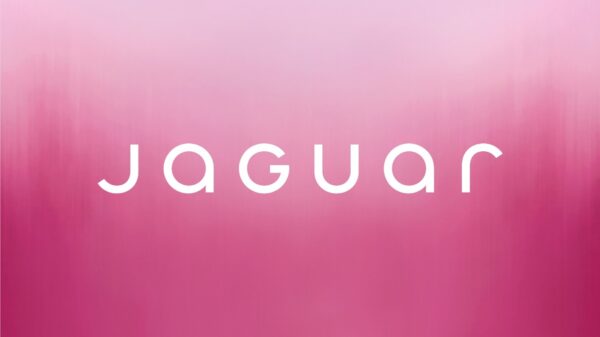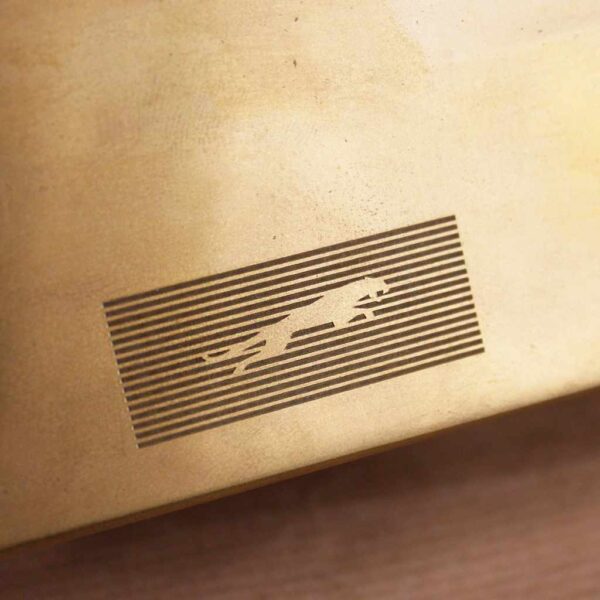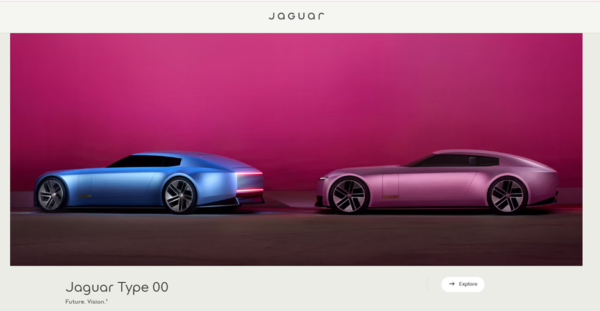This past couple of weeks, it wasn’t politics or U.S. Thanksgiving gatherings that dominated social media arguments.
Instead, it was a car manufacturer.
That’s right. Jaguar’s bold rebrand, including a new logo, visual style, and everything else, prompted the internet to lose its collective mind.
There’s a saying, “If you put four marketers in a room, you’ll get five opinions about the best way to do something.” That cliché took center stage as everybody seemed to have a position on Jaguar — the genius, beautiful, strategic, horrible, woke, ridiculousness of the whole thing.
But was it any of those things?
Or was Jaguar trolling to get everybody talking about it?
After all, at least a dozen global automobile manufacturers changed their logo in the last five years, and that list included Jaguar. But the 2024 iteration of Jaguar seems to be the only one generating meme-worthy attention.
Is that the only way to get people noticing and talking about your bold new look? Or is something else afoot?
We took those questions to CMI’s chief strategy advisor, Robert Rose. Read on or watch this video for his take:
Jaguar shakes up brand like none other
Fun fact: Jaguar was originally founded over 100 years ago as the Swallow Sidecar Co. It made sidecars for motorcycles.
Jaguar vehicles have been around since just after World War II and have always been associated with British luxury, detail, and a focus on performance.
But Jaguar — the company — has done something bold, and yet it’s the least mentioned thing in all this branding debate. Jaguar hit pause and reboot. The iconic brand stopped making petrol-powered cars and shifted gears toward fully electric luxury models. It’s even taking a year-long production break for the reinvention.
Jaguar will focus sales on exclusivity, not volume. In 2026, it will sell three electric models, each priced over 100,000 British pounds (approximately $126,000) and supported by a more selective dealer network.
Rawdon Glover, Jaguar’s managing director, sums it up, “This is a complete reset. Jaguar is transformed to reclaim its originality and inspire a new generation.”

Given that road map for the business, how would you have created the new brand creative, logo, and tone?
Well, Jaguar’s internal creative team took all that to heart and upended the traditional automobile brand. In a subtle change, it flipped the jaguar in the logo to leap forward instead of backward.

But that wasn’t what created the collective toxic freakout. The Copy Nothing campaign stirred a big reaction. The ad didn’t show a car. I’ll remind you why — the all-electric luxury line won’t debut until the 2026 model year. (This week, two weeks after the video release, Jaguar shared a design vision concept that certainly matches the new branding.)

The new brand identity possesses a modern and colorful look. It illustrates what Jaguar intends to move beyond — the well-known conservative colors of classic British luxury, such as Carmen Red, Fuji White, Ultra Blue, and of course, British Racing Green.
This switch seemed to upset so many people. The social media posts came fast and furious. People called it a massive mistake. Others pondered who was going to get fired for the rebranding. Still others posted, calling it woke and ridiculous.
Why did people seem so utterly disturbed by Jaguar’s rebranding? After all, the Jaguar team had nothing to go on, well, except 100 years of history and the context of its current business strategy.
The real lesson from this controversial creative rebrand
As you can tell, I don’t hate the rebrand. I don’t love it either. I recognize I’m not the target market for this new Jaguar.
What I do love is that Jaguar did the one thing modern marketers always profess that every brand should do. It did the thing that speaker after speaker at conferences talk about. It did the thing mentioned years later as the motivation when the brand wins awards.
Jaguar did something bold, creative, outside the box — and did it knowing that people would either love it or hate it. It takes me back to the famous 1984 Apple ad, which tested as the worst commercial they’d ever seen for persuasiveness.
Now, I’m not saying Jaguar’s rebrand is another 1984 Apple ad.
But Jaguar, as a company, is pivoting hard. The complete business reboot stems from a full-on self-realization that, to stay relevant for the next 100 years, it must change. Its focus is stopping production for a year, redesigning its product portfolio, and redeveloping its dealer network.
With the creative rebrand, I suspect the only thing even remotely permanent is the leaping jaguar as a badge and the logo itself. The cool, weirdly odd, diverse circus-like video is simply what’s happening this month.
In this company rebrand, Jaguar’s team has a lot of room to roam around and express themselves in a new way. That is the modern branding strategy.
Don’t box yourself into legacy. Don’t limit where you can take the creative ideas.
Jaguar even says it’s going to do that. It even calls this chapter “Copy Nothing,” and its website meta description says simply: “Inspire like no other: Challenge convention.”
The brilliance of this brand campaign — and the lesson from it — isn’t how much it looks like the past. It’s how much room Jaguar has given itself to take the brand into tomorrow. It can continue to create weird moments that keep people talking and attract new people. Or it can simply settle in.
And that harkens back to Apple’s brilliance. Its 1997 Think Different campaign featured iconoclasts from history all thinking differently and offered no product shots. Apple wasn’t calling itself iconoclastic, nor saying that it was thinking differently. The campaign tells the viewers that they are the iconoclasts. Apple said, “Here’s to you — the ones who think differently. We’re the one for you.”
What Jaguar is doing is everything, whether it succeeds or not. Jaguar is not saying it is the inspiration. It is saying Jaguar is the brand for those inspired to challenge convention.
And that leaves a lot of room to fly in the brand-creative sky.
HANDPICKED RELATED CONTENT:
Cover image by Joseph Kalinowski/Content Marketing Institute
